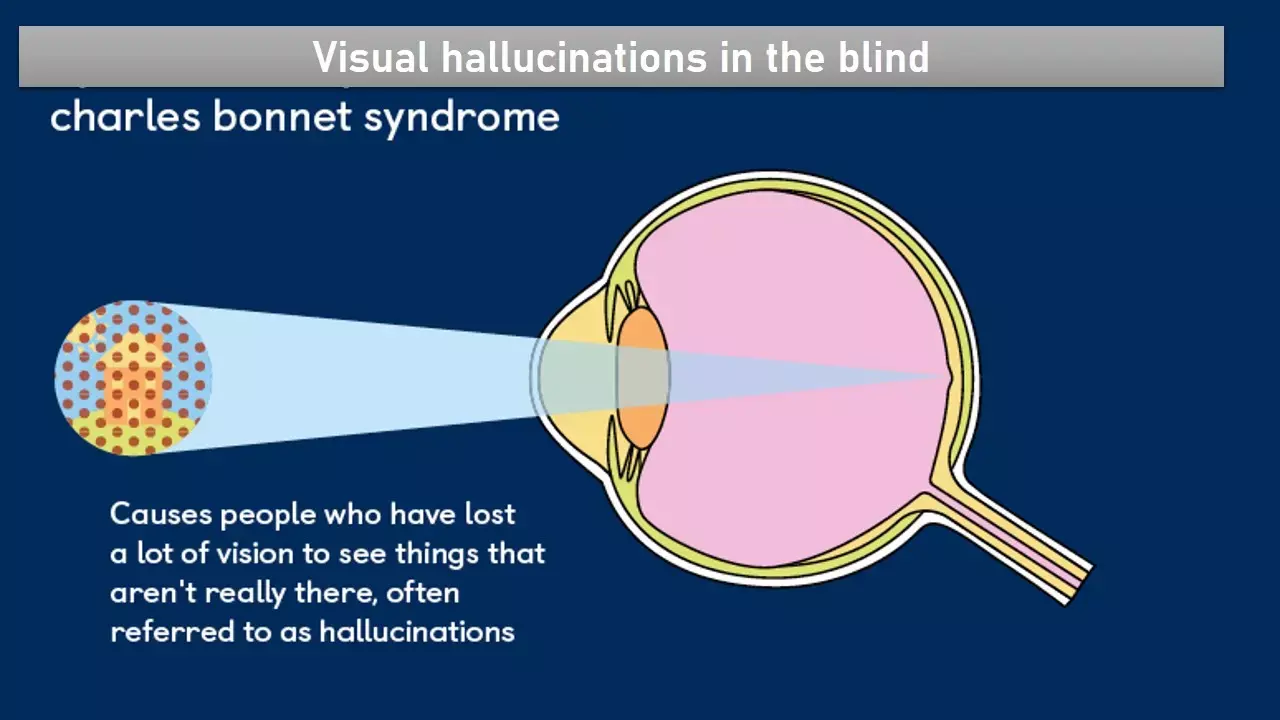- Home
- Medical news & Guidelines
- Anesthesiology
- Cardiology and CTVS
- Critical Care
- Dentistry
- Dermatology
- Diabetes and Endocrinology
- ENT
- Gastroenterology
- Medicine
- Nephrology
- Neurology
- Obstretics-Gynaecology
- Oncology
- Ophthalmology
- Orthopaedics
- Pediatrics-Neonatology
- Psychiatry
- Pulmonology
- Radiology
- Surgery
- Urology
- Laboratory Medicine
- Diet
- Nursing
- Paramedical
- Physiotherapy
- Health news
- Fact Check
- Bone Health Fact Check
- Brain Health Fact Check
- Cancer Related Fact Check
- Child Care Fact Check
- Dental and oral health fact check
- Diabetes and metabolic health fact check
- Diet and Nutrition Fact Check
- Eye and ENT Care Fact Check
- Fitness fact check
- Gut health fact check
- Heart health fact check
- Kidney health fact check
- Medical education fact check
- Men's health fact check
- Respiratory fact check
- Skin and hair care fact check
- Vaccine and Immunization fact check
- Women's health fact check
- AYUSH
- State News
- Andaman and Nicobar Islands
- Andhra Pradesh
- Arunachal Pradesh
- Assam
- Bihar
- Chandigarh
- Chattisgarh
- Dadra and Nagar Haveli
- Daman and Diu
- Delhi
- Goa
- Gujarat
- Haryana
- Himachal Pradesh
- Jammu & Kashmir
- Jharkhand
- Karnataka
- Kerala
- Ladakh
- Lakshadweep
- Madhya Pradesh
- Maharashtra
- Manipur
- Meghalaya
- Mizoram
- Nagaland
- Odisha
- Puducherry
- Punjab
- Rajasthan
- Sikkim
- Tamil Nadu
- Telangana
- Tripura
- Uttar Pradesh
- Uttrakhand
- West Bengal
- Medical Education
- Industry
Blindness and hallucinations: Rare case of Charles Bonnet Syndrome linked to pituitary adenoma

"Charles Bonnet Syndrome" (CBS) refers to the experience of complex visual hallucinations in a person who has experienced a partial or complete loss of vision. In a recent edition of Case reports in Psychiatry, Hindawi, a rare case of CBS associated with pituitary macroadenoma has been described that provides possible insights into the mechanism of this complex psychiatric condition.
(CBS) is defined by the association of four conditions:
(1) persistent or repetitive complex visual hallucinations,
(2) insight into the hallucinations,
(3) no other types of hallucinations, and
(4) no primary or secondary delusions.
A 44-year-old Caucasian female was operated on a pituitary macroadenoma (transsphenoidal adenomectomy) compressing the optic chiasma and causing visual hallucinations. The first postoperative day, the patient reported the persistence of visual hallucinations and was referred to psychiatry department a week later. She had no prior psychiatric history and she did not take any medication that could produce hallucinations.
The patient was cooperative, did not verbalize delirium, and had no cognitive impairment. These visual hallucinations appeared several times a day for variable periods of time and lasted a few minutes. She saw unfamiliar human faces with no other associated signs. These images did not speak, and the patient knew that the hallucinations were unreal.
The neurologic exam revealed no abnormalities. Her Mini-Mental State Examination (MMSE) score was 28. Ten days post-operatively, the visual acuity of the patient was preserved and the intraocular pressure was normal. All the other investigations (eye, biological assessments, pituitary hormones, blood, urine analysis, MRI) were within normal limits.
The patient met all criteria of CBS. No other psychiatric disorder was suspected and patient was started on 5 mg of Olanzapine daily.
Hallucinations were gradually lowered and completely resolved after two weeks of treatment. The dose of 5 mg daily of Olanzapine was maintained for three months and then gradually reduced and discontinued over the next two months without the recurrence of the symptoms.
In the follow-up, four months after the treatment withdrawal, and the patient was asymptomatic.
A hint into the mechanism of CBS?
The pathophysiology of CBS remains debatable. According to one theory, visual hallucinations are due to a neural defect in the visual pathways. False signals caused by the abnormal signal transmission may result in complex visual hallucinations when they are associated with normal visual activity. Another theory suggests that hyperexcitability in the visual cortex is normally blocked by the normal sensory input. Thus, in visually impaired patients, sensory input reduction is incriminated in the appearance of hallucinations.
“In the present case, the patient had a pituitary macroadenoma compressing the optic chiasma, which may support the first hypothesis”, argue authors Ghbai et al.
“Clinicians should be aware that visual hallucinations may concern patients without psychiatric disorders. In fact, it is important to distinguish CBS from other psychiatric diseases that may cause visual hallucinations since it has a different prognosis and it needs different managements”, concluded the authors.
Source: Case reports in Psychiatry, Hindawi Volume 2023, Article ID 9979128, 3 pages https://doi.org/10.1155/2023/9979128
M.B.B.S, M.D. Psychiatry
M.B.B.S, M.D. Psychiatry (Teerthanker Mahavir University, U.P.) Currently working as Senior Resident in Department of Psychiatry, Institute of Human Behaviour and Allied Sciences (IHBAS) Dilshad Garden, New Delhi. Actively involved in various research activities of the department.
Dr Kamal Kant Kohli-MBBS, DTCD- a chest specialist with more than 30 years of practice and a flair for writing clinical articles, Dr Kamal Kant Kohli joined Medical Dialogues as a Chief Editor of Medical News. Besides writing articles, as an editor, he proofreads and verifies all the medical content published on Medical Dialogues including those coming from journals, studies,medical conferences,guidelines etc. Email: drkohli@medicaldialogues.in. Contact no. 011-43720751


